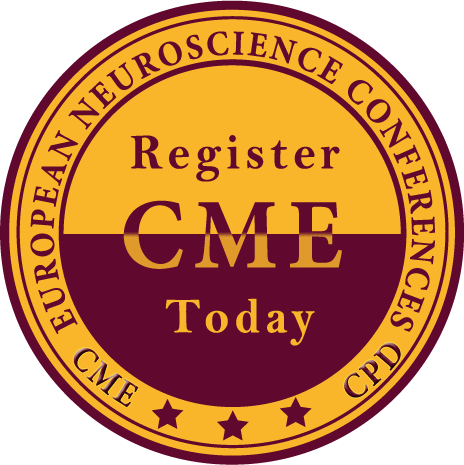Seyed Behnamedin Jameie
Iran University of Medical Sciences, Iran
Title: Effects of 660 nm low-level laser therapy on P2X3 expression of lumbar DRG of adult male rats with neuropathic pain
Biography
Biography: Seyed Behnamedin Jameie
Abstract
Background: Neuropathic Pain (NP) is a serious suffering medical condition that frequently leads to disability and life style changes. Although the exact mechanisms of NP are still unknown, recently the role of reactive oxygen species (ROS) reported as an important factor for NP. Apoptosis, increase of ATP production and reduction of antioxidants are also the other factors influencing NP. There are certain therapeutic procedures for NP, among them using laser therapy newly received more attention. In the present research, we studied the molecular effects of Low Level Laser Therapy (LLLT) on a rat model of NP.
Material & Methods: Thirty adult male Wistar rats (200-250 g) that are randomly divided into three groups including chronic constriction injury (CCI), CCI+LLLT and control were used in this study. CCI technique was used to induce NP. Laser therapy was done by using laser beam of 660 for 14 days following CCI. After that, expression of P2X3 of the DRG, Bax and Bcl2 in lumbar spinal segments measured by Western blotting. Level of glutathione (GSH) was also measured in lumbar spinal cord segments by Continuous Spectrophotometric Rate Determination method. For behavioral study, the mechanical and thermal hyperalgesia were evaluated in days 7 and 14 after CCI.
Results: LLLT for two weeks increased expression of Bcl2 and GSH, whereas decreased Bax and P2X3 expression significantly. Comparing the results of behavioral study showed significant differences in the mechanical and thermal threshold showed between CCI and CCI+ LLLT groups.
Conclusion: Based on our findings, the therapeutic effects of LLLT for NP act throughout cellular and molecular mechanisms which improve mitochondrial function that in turn improve cell function and prevent apoptosis.

